Centralized Catalog, Faster Publishing: 40ParkLane’s Marketplace Success with CedCommerce
Reading Time: 4 minutesAbout the Brand: 40ParkLane LLC Studio40ParkLane is a design-led print-on-demand brand created…
The 2025 holiday shopping season is a ten-week marathon that will test your holiday fulfillment strategy. What used to revolve around Black Friday, Cyber Monday now starts as early as September, with Amazon’s Prime Big Deal Days (October 7–8), Walmart’s Deals Delivered (October 7–12), and Target’s Circle Week (October 6–12) all kicking off the buying frenzy.
With 26 days between Thanksgiving (November 27) and Christmas this year, sellers face an extended but compressed fulfillment challenge — shoppers start earlier, but they also expect precise delivery dates, seamless returns, and eco-friendly options.
This guide breaks down the latest fulfillment strategies, data, and technologies every eCommerce seller needs to thrive in 2025.
Early shoppers mean early fulfillment pressure. Nearly half of global consumers now look for holiday promotions before October ends. To meet this shift:
Pro Tip: Retailers who publish order-cutoff dates see 28 % higher on-time delivery satisfaction scores.
Today’s shoppers expect flexibility — not just home delivery.
In 2024, 17.5 % of online orders were fulfilled via Buy Online, Pick Up In-Store (BOPIS) or curbside pickup.
Integrate online-to-offline fulfillment to capture this growing audience.
The 3PL market surpassed $1.15 trillion and is expected to reach $1.4 trillion by 2030.
Partnering with reliable 3PLs allows smaller brands to compete with enterprise-level fulfillment performance.
Avoid depending on one carrier during peak weeks. Diversified carrier strategies mitigate risks from delays and capacity surcharges.
Delivery speed still matters — but reliability now rules.
Free shipping continues to drive conversions:
However, 2025 adds a twist — sustainability and flexibility now influence cart decisions as much as speed.
Takeaway: Pair free shipping with guaranteed delivery windows or sustainable options to win both value- and eco-conscious customers.
Fulfillment in 2025 runs on intelligence, not guesswork. As order volumes climb and delivery windows shrink, automation and AI-driven insights have become the backbone of efficient operations.
To stay competitive, adopt AI and predictive analytics for:
For sellers who prefer unified control, solutions like CedCommerce’s MCF Connector bring these capabilities together—connecting your store directly with Amazon’s leading fulfillment network to automate inventory, sync orders, and ensure 97%+ on-time delivery across every sales channel.
Pro Tip: Sellers using integrated fulfillment and AI-driven optimization platforms report up to 30% higher operational efficiency during peak shopping periods.
Returns are an unavoidable reality — but they can become loyalty drivers.
Pro Tip: Gen Z shoppers average 7.7 online returns in 12 months. Hence, build retention programs that turn returns into re-engagement opportunities.
Payment flexibility now drives purchase confidence.
In 2025, consumers increasingly judge brands by how responsibly they ship, package, and deliver products. Eco-conscious fulfillment isn’t just about reputation; it directly impacts conversion and retention.
Shoppers now factor environmental impact into buying decisions. Brands that align with this mindset not only reduce emissions but also improve trust, repeat purchases, and customer lifetime value.
1. Use Eco-Friendly Packaging Solutions
Switch to biodegradable, recyclable, or compostable materials for boxes, mailers, and inserts.
2. Offer Carbon-Neutral Shipping Options
Consumers prefer carbon-offset delivery over ultra-fast delivery. Use shipping partners that calculate and offset emissions automatically.
3. Consolidate and Optimize Deliveries
Group shipments by region or fulfillment hub to minimize last-mile emissions.
Tools like Route4Me, Shipwell, or ShipBob’s Green Shipping Program help optimize routes and reduce fuel consumption.
4. Adopt AI and Analytics for Green Planning
AI-based logistics platforms like Project44 and FourKites monitor carrier sustainability performance and suggest greener alternatives.
Integrating these insights into your fulfillment workflow can reduce emissions by up to 20% annually.
5. Highlight Sustainability in Your Storefront
Show customers your commitment. Use trust badges, product page icons, and transparent communication about your sustainable fulfillment practices.
Add a “Shipped Sustainably” tag or a short note about carbon offsets at checkout — these small design choices can significantly boost trust.
If you already use automation to manage fulfillment, connect your store through tools like the CedCommerce MCF Connector to easily implement region-based shipping and eco-friendly delivery workflows.
Pro Tip: Sellers who communicate sustainability on their storefronts experience up to 23% higher repeat purchase rates and 19% higher cart completion rates among Gen Z shoppers.
9. Embrace Mobile-First and AI-Driven Shopping
The 2025 holiday shopper is scrolling, searching, and buying on their phones while AI quietly shapes their path to purchase. Hence, mobile commerce and AI-assisted discovery have reshaped how customers find, evaluate, and order products, making it essential for sellers to build mobile-optimized, AI-aware storefronts.
The buyer journey is now omnichannel and AI-influenced. Shoppers discover products through voice assistants, chatbots, and recommendation engines before ever visiting your site. Sellers who align with these shifts see higher engagement, faster conversions, and lower acquisition costs.
Use AI to enhance the post-purchase experience, such as predictive delivery alerts, smart feedback collection, and 24/7 customer support.
Monitor and act on mobile traffic behavior using tools that blend AI with analytics:
Pro Tip: Sellers using AI-driven recommendation and chatbot tools report 28–35% higher mobile conversion rates and 2× faster cart recovery times during peak shopping weeks.
Mobile and AI are now a unified sales ecosystem in eCommerce. No wonder, shoppers now expect sellers and brands to anticipate needs, personalize offers, and make every interaction effortless. Sellers that merge mobile usability with AI intelligence could potentially leverage impulse scrollers into loyal customers faster than ever before.
A quick recap to win this season:
But there’s one way to take fulfillment precision a step further. If you already trust Amazon to deliver with speed and accuracy, why limit that efficiency to one sales channel? Meet the CedCommerce MCF Connector; your bridge to Amazon’s 97 %+ on-time delivery network across Shopify, eBay, TikTok Shop, and beyond. Built to connect your online store with Amazon’s global 3PL network, the CedCommerce MCF Connector lets you:
In short, it brings Prime-level precision to every marketplace you sell on. This enables you to deliver faster, cut costs, and scale confidently this holiday season. Simplify your multi-channel shipping today with the CedCommerce MCF Connector! It is built for sellers who want the power of fast, reliable, and global fulfillment.
Boost visibility, win the Featured Offer, and increase revenue with CedCommerce’s Amazon marketing and ads management expertise.

Reading Time: 4 minutesAbout the Brand: 40ParkLane LLC Studio40ParkLane is a design-led print-on-demand brand created…

Reading Time: 3 minutesAbout the Company Brand Name: David Protein Industry: Health & Nutrition (Protein…
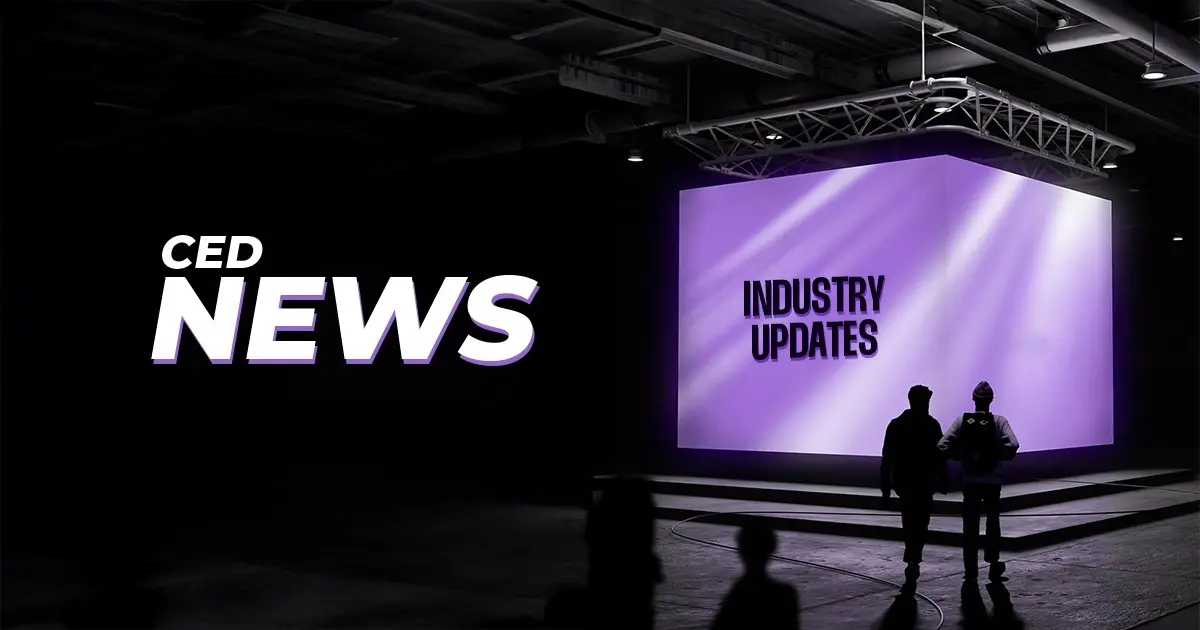
Reading Time: 3 minutesOnline retail spending in Germany is entering a renewed growth phase after…

Reading Time: 4 minutesTikTok Shop has released a comprehensive Beauty and Personal Care Products Policy,…

Reading Time: 4 minutesTikTok Shop has formally outlined comprehensive requirements for expiration date labeling and…

Reading Time: 3 minutesTikTok Shop is raising its sales commission for merchants across five active…

Reading Time: 11 minutesBy now you have seen your BFCM 2025 numbers. The harder question…

Reading Time: 3 minutesAbout the Brand Name: Vanity Slabs Inc Industry: Trading Slabs- Vanity Slabs…

Reading Time: 2 minutesAbout the Brand Name: Ramjet.com Industry: Automotive Parts & Accessories Location: United…
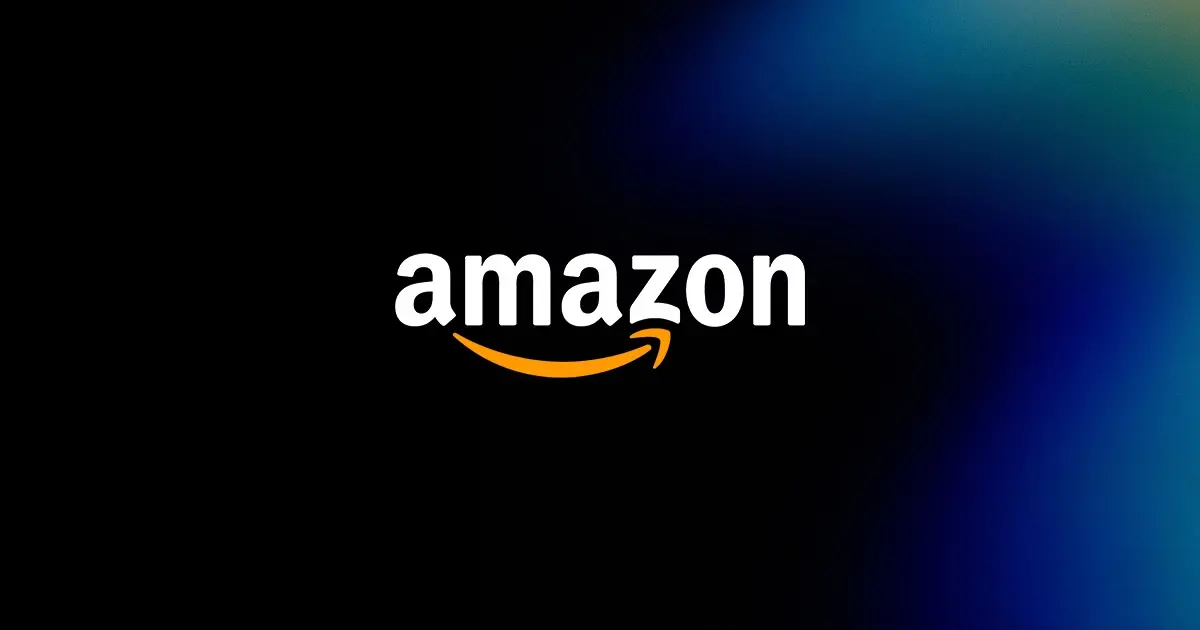
Reading Time: 2 minutesAmazon is rolling out strategic referral fee reductions across five major European…
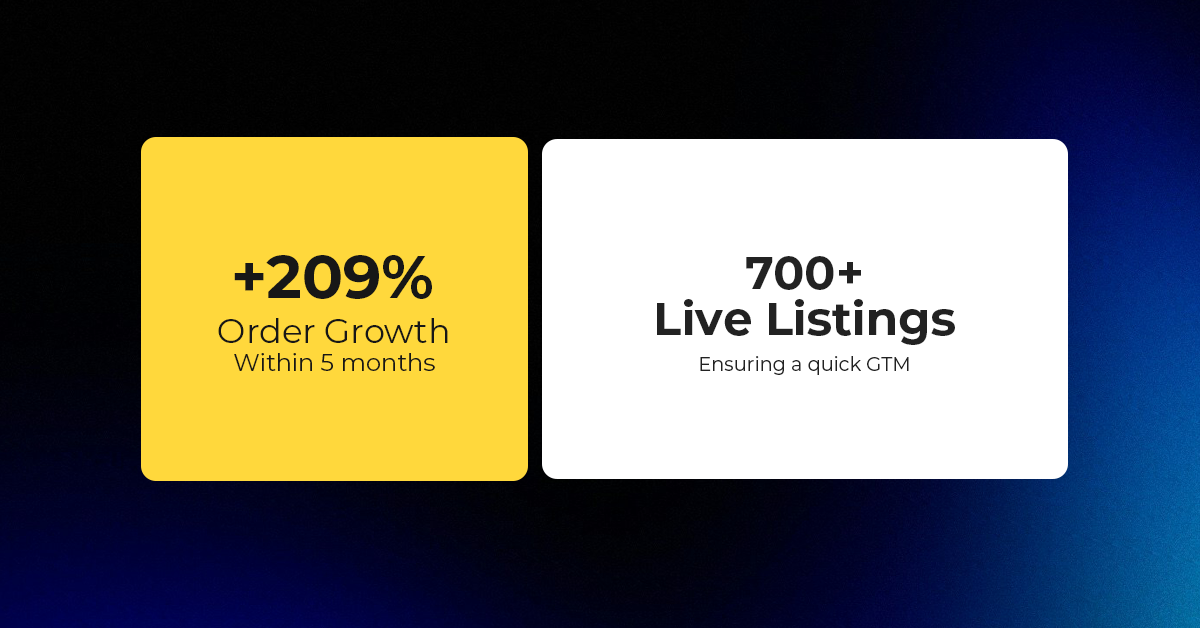
Reading Time: 4 minutesQuick Summary: Scaling Lifestyle Powersports on eBay with CedCommerce Challenge: Zero marketplace…

Reading Time: 4 minutesTikTok has surpassed 460 million users across Southeast Asia, reinforcing its position…
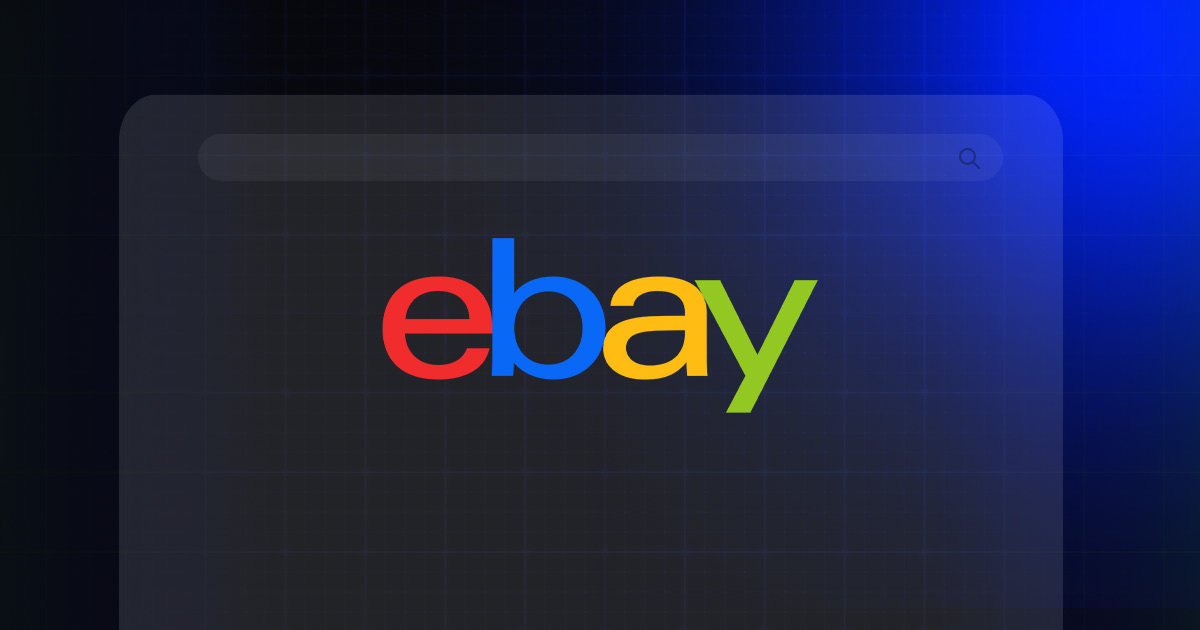
Reading Time: 3 minuteseBay has released its final seller news update for 2025, with a…

Reading Time: 3 minutesAmazon has clarified its stance regarding speculation around a potential breakup between…
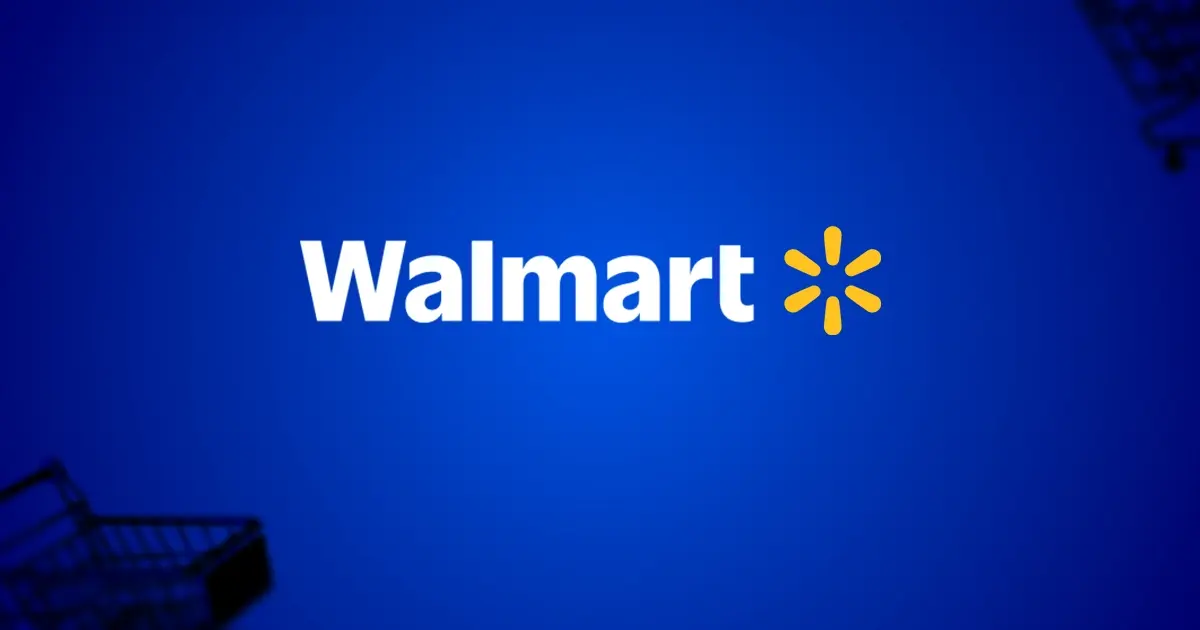
Reading Time: 4 minutesWalmart is accelerating its push into next-generation fulfillment by expanding its drone…

Reading Time: 4 minutesFaire, the fast-growing wholesale marketplace connecting independent retailers with emerging brands, has…

Reading Time: 4 minutesB2B buying in the United States is undergoing a fundamental behavioral shift…
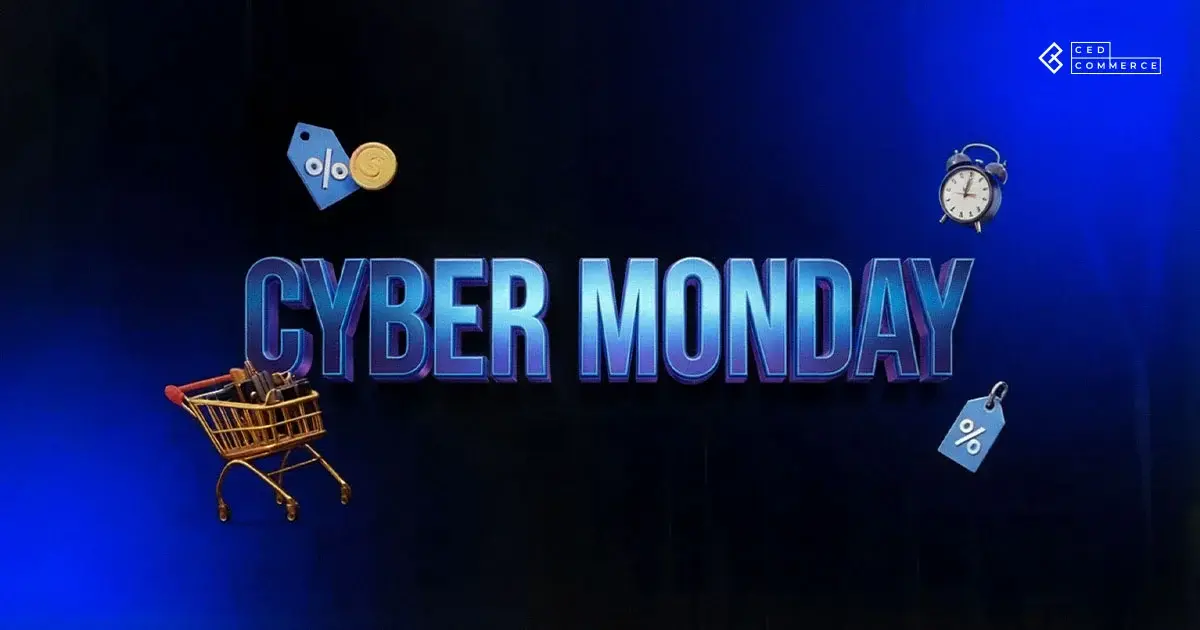
Reading Time: 3 minutesSummary Cyber Monday 2025 has officially become the largest online shopping day…

Reading Time: 2 minutesSummary Amazon kicked off December with two major developments shaping the future…
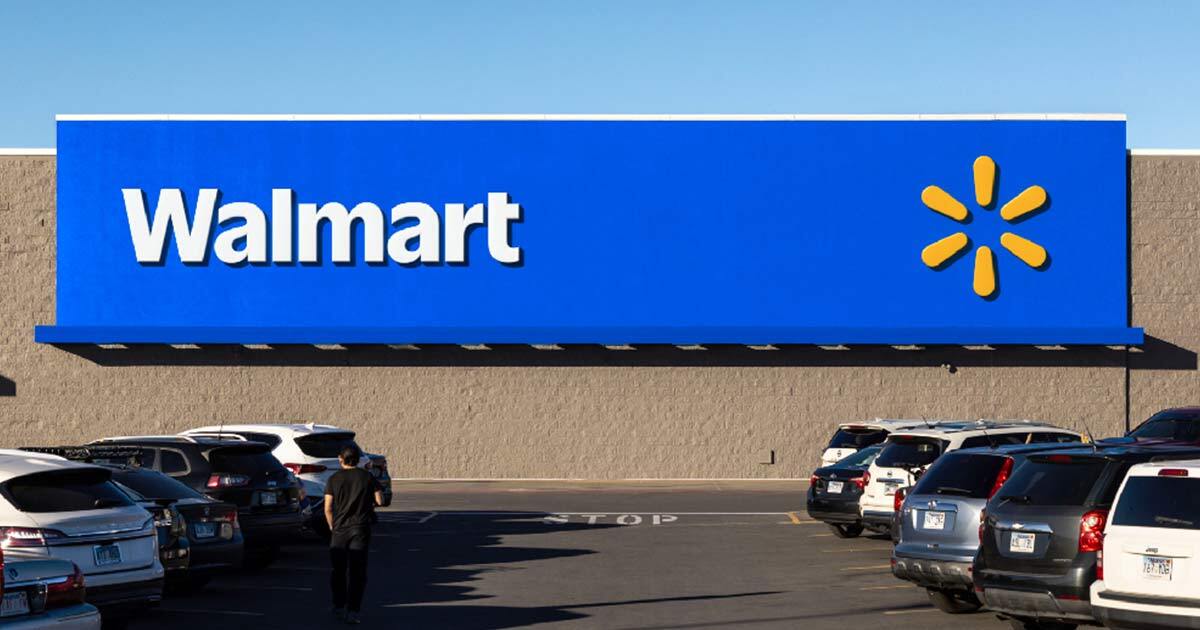
Reading Time: 2 minutesSummary Walmart has entered December with two major moves that signal a…